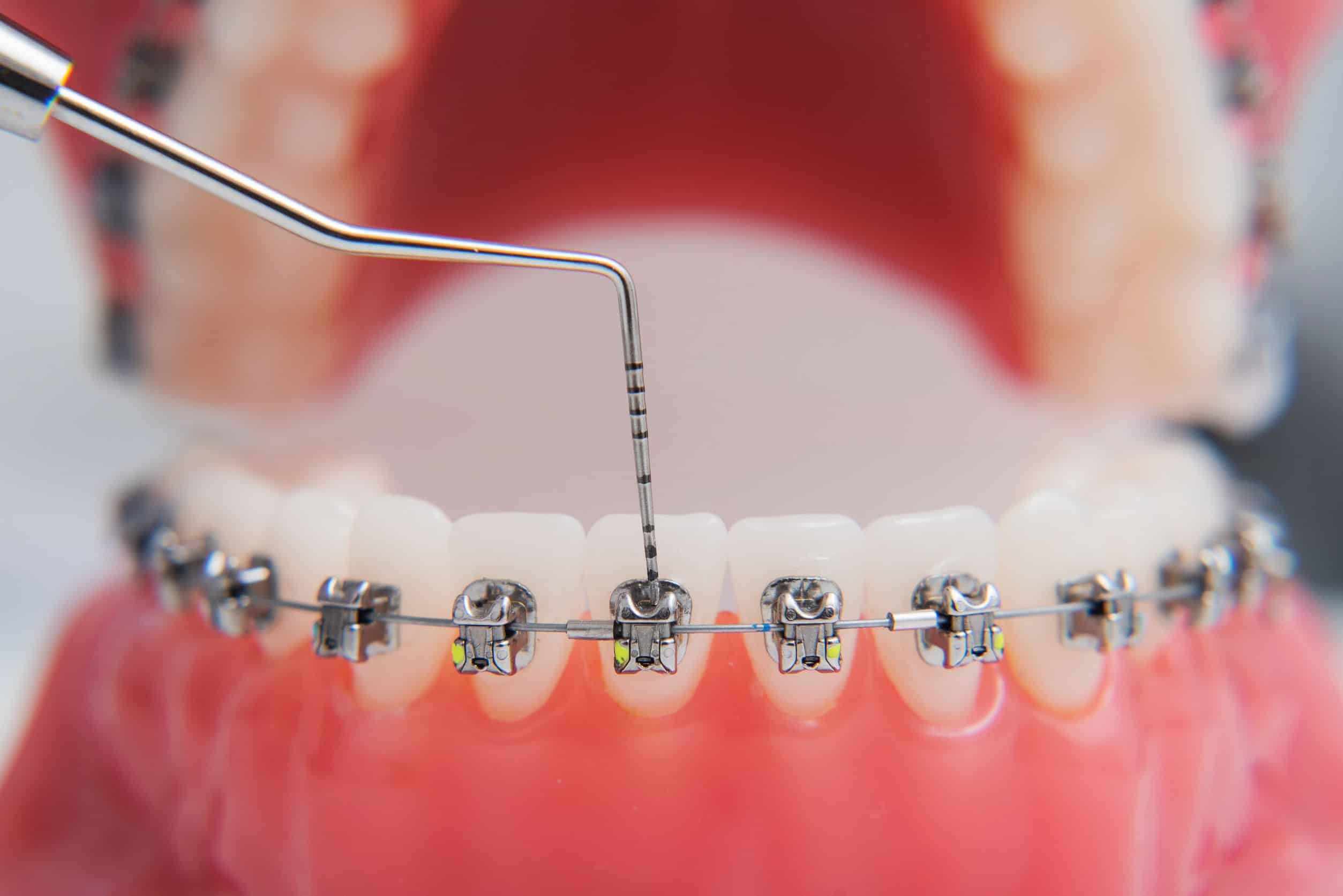Some Known Facts About Legacy Orthodontics.
Some Known Facts About Legacy Orthodontics.
Blog Article
Excitement About Legacy Orthodontics
Table of ContentsAbout Legacy OrthodonticsLegacy Orthodontics Things To Know Before You Get ThisThe Greatest Guide To Legacy OrthodonticsGetting My Legacy Orthodontics To WorkNot known Facts About Legacy Orthodontics
In enhancement, we supply adjustable treatment schedules, adaptable payment choices and a fun, satisfying experience.An orthodontist is a dental practitioner educated to identify, stop, and treat teeth and jaw irregularities. They remedy existing problems and are trained to determine problems that may create in the future. Orthodontists function with people of every ages, from kids to grownups. Individuals typically link a perfect smile with healthiness.
Malocclusion, or misaligned teeth, can cause oral issues, including dental caries, gum disease, and hard or uncomfortable chewing. But not everyone is birthed with straight teeth. If you have a poor bite or big rooms between your teeth, you may intend to get in touch with a dental professional focusing on orthodontic care.
Not known Details About Legacy Orthodontics
( Photo Debt: DigitalVision/Getty Images) Orthodontists utilize repaired and detachable dental tools, like dental braces, retainers, and bands, to transform the position of teeth in your mouth. Orthodontic therapy is for dental irregularities, including: Uneven teethBite issues, like an overbite or an underbiteCrowded teeth or teeth that are as well far apartJaw misalignmentThe objective of orthodontic treatment is to improve your bite.
A healthy and balanced bite ensures you can consume, eat, and speak appropriately. While you could consider orthodontists as mostly for youngsters or teenagers that need dental braces, they can correct oral issues at any age. Orthodontists go to college, oral school, and orthodontic institution. After graduation, they spend 2 or 3 years in an orthodontic residency program.
, yet not all dental practitioners are orthodontists. They concentrate on two locations: Exactly how to effectively and securely relocate teeth Exactly how to correctly lead advancement in the teeth, jaw, and faceOnce an orthodontist has finished training, they have the alternative to become board certified.
Fascination About Legacy Orthodontics
Misalignment, or malocclusion, is the most typical factor people see an orthodontist. It is hereditary and is the result of dimension distinctions between the upper and lower jaw or between the jaw and teeth. Malocclusion causes tooth congestion, a twisted jaw, or irregular bite patterns. Malocclusion is usually treated with: Your orthodontist affixes metal, ceramic, or plastic square bonds to your teeth.
If you have just minor malocclusion, you may be able to utilize clear braces, called aligners, rather than standard braces (https://www.pearltrees.com/legacyortho#item681651393). Some people need a headgear to assist move teeth right into line with stress from outside the mouth. After dental braces or aligners, you'll need to wear a retainer. A retainer is a personalized device that keeps your teeth in position.
They can create extra space in the mouth without having to draw teeth. Orthodontists use wires, medical screws, or plates to support your jaw bone.
You might need to see an orthodontist if you have: Crowding or not adequate room for every one of your teethOverbite, when your top teeth come by your bottom teethUnderbite, when your base teeth are too much forwardSpacing or concerns with gapsCrossbite, which is when your upper teeth fit behind your bottom teeth when your mouth is closedOpen bite or an upright gap between your front bottom and upper teethMisplaced midline, when the center of your base and upper teeth don't line up Remedying an oral malocclusion can: Make attacking, eating, and talking easierImprove the symmetry of our face and your total appearanceEase pain from temporomandibular joint disordersSeparate your teeth and make them much easier to clean, aiding avoid tooth decay or tooth cavities It's typically a dental expert that initially notices misaligned teeth throughout a routine examination.
The Basic Principles Of Legacy Orthodontics

Throughout your first orthodontic assessment, you'll likely have: An oral examPhotos taken of your face and smileDental X-raysPanoramic (360 level) X-rays of your face and headImpressions to develop molds of your teethThese examinations will certainly assist your orthodontist understand exactly how to wage your therapy. leesburg clear braces. An orthodontist is a dental professional that's had training to treat your teeth and jaw
Orthodontists may do surgical procedure, exams,X-rays,and more to assist you attain a more comfy, much healthier smile. An orthodontist is focused on your bite, so something like a chipped tooth would certainly be managed by a dentist. Orthodontists are dental practitioners however not all dental professionals are orthodontists. Orthodontists are concentrated on your bite, or the way your teeth meshed, and the straightness of your teeth.
Ever before wondered how stars always seem to have perfectly useful reference straightened teeth? The response often hinges on the proficient hands of an orthodontist. Yet just what does an orthodontist do? Orthodontists are oral professionals who concentrate on dealing with abnormalities in the teeth and jaws. Their expertise exceeds simply producing a gorgeous smile; it reaches boosting your overall dental health and wellness and feature.
9 Easy Facts About Legacy Orthodontics Explained

, orthodontists have a diverse toolkit at their disposal. These tried-and-true dental braces utilize a system of brackets bound to the teeth and attached by wires.
Clear aligners, like Invisalign, are a preferred option for individuals seeking a more very discreet treatment alternative. These detachable trays are tailor-made to gradually move the teeth's position. Headwear might be made use of along with braces or aligners to apply additional targeted forces, specifically for correcting jaw disparities. In cases of narrow jaws, palatal expanders can be made use of to create room for proper tooth alignment.
Report this page